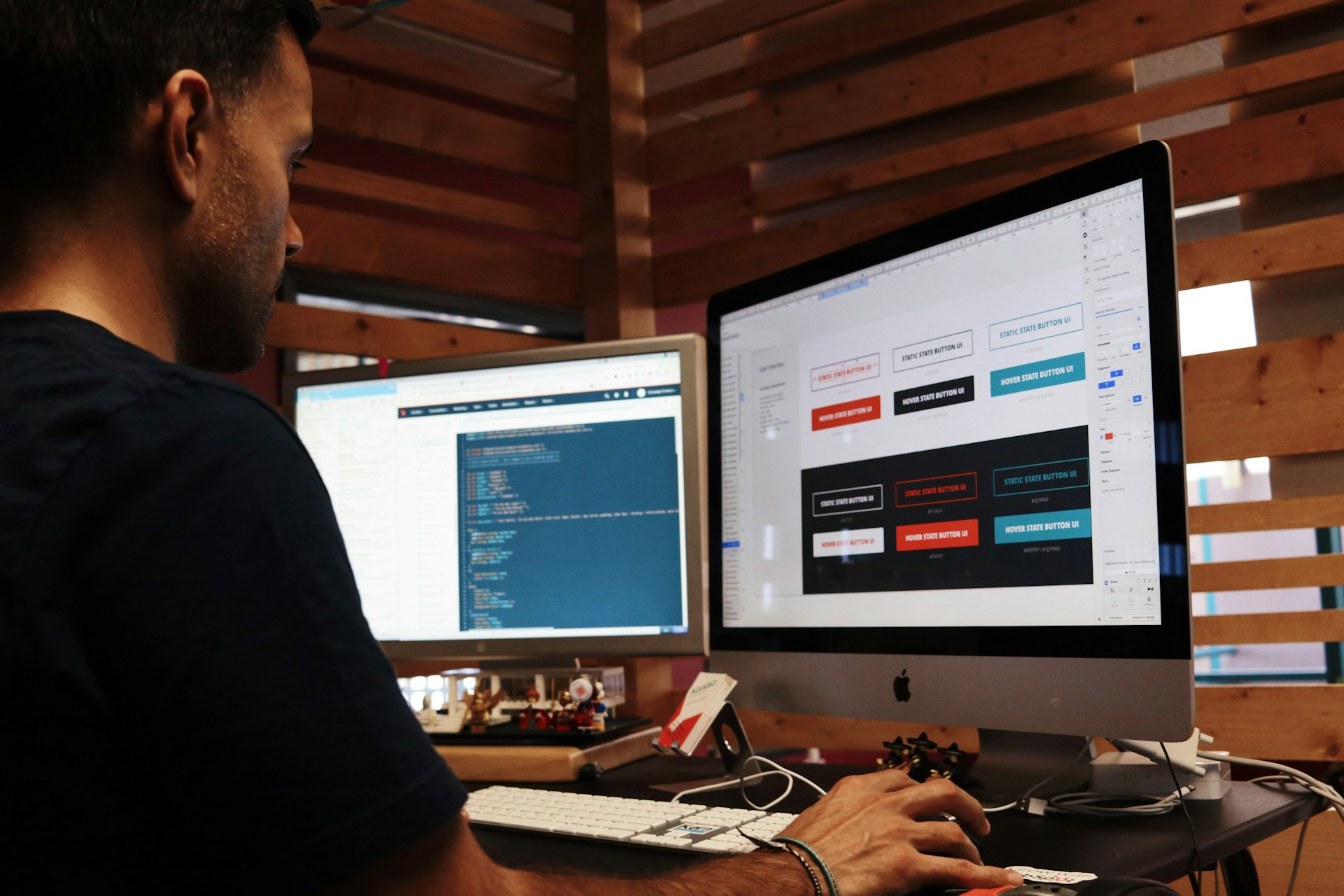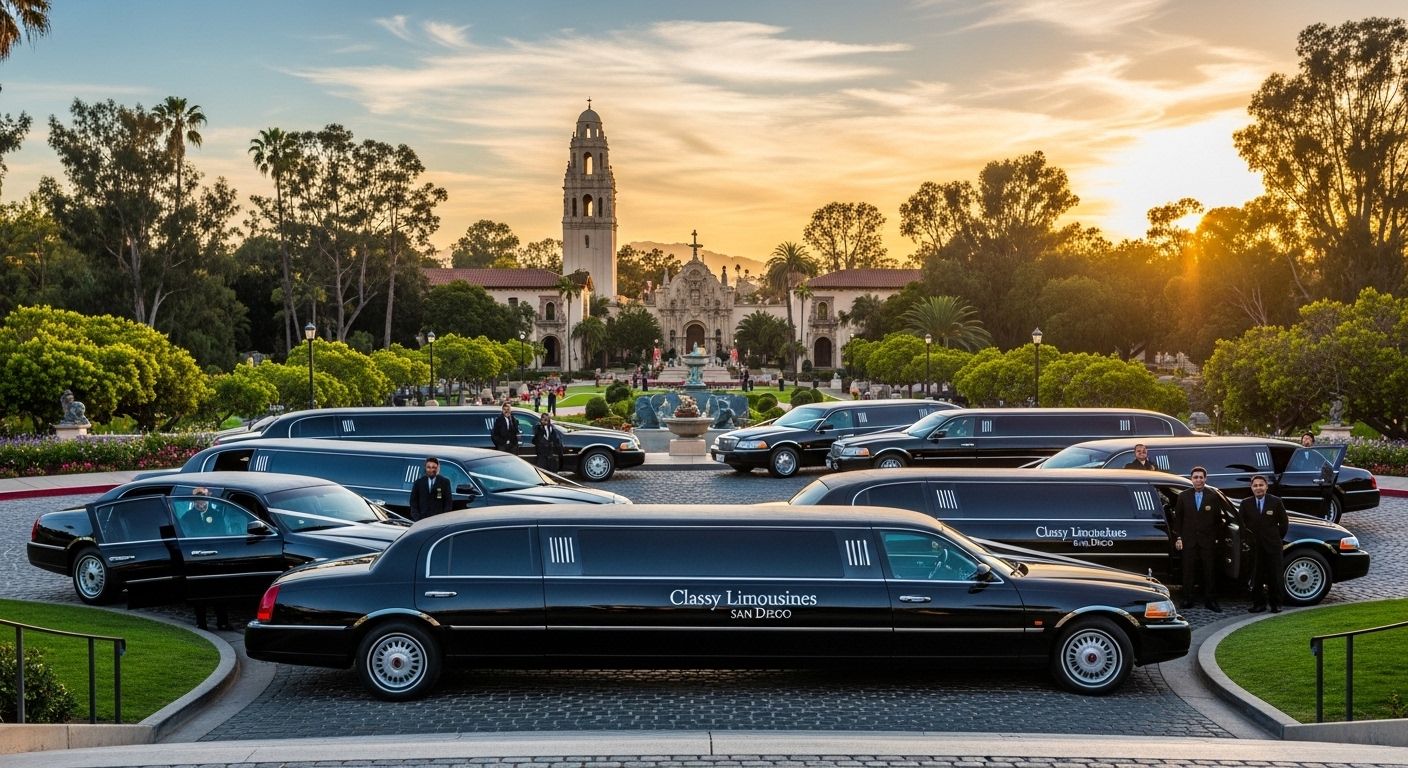As we move deeper into a digitally interconnected world, the web development landscape continues to evolve at a rapid pace. Businesses, developers, and designers are no longer focused solely on performance or aesthetics—they’re now expected to prioritize sustainability, accessibility, and user-centric design at every level. The expectations of users have changed significantly in recent years.
Today, visitors want fast, secure, and intuitive websites that also align with ethical and environmental values. In 2025, staying competitive means staying ahead of these emerging demands with an adaptive mindset and the right digital infrastructure. This year will bring innovations that don’t just redefine how websites look and function, but also how they are built, optimized, and maintained.
Rise of AI-Powered Development
Artificial intelligence is no longer a futuristic concept; it’s at the heart of modern web development. In 2025, AI will influence not just backend processes but also front-end experiences. From intelligent design tools that automate wireframing to AI-assisted coding environments that reduce development time, the technology is set to boost both efficiency and creativity.
AI-driven personalization will also redefine the user experience. Websites will be able to tailor content dynamically based on user behavior, preferences, and interactions, offering a more customized journey for each visitor. Furthermore, chatbots powered by advanced AI will handle complex customer queries, integrate with CRM systems, and adapt in real time to user emotions and tone, making digital engagement far more interactive and responsive.
Emphasis on Sustainable Development
Sustainability is not a trend; it’s a necessity. Web development in 2025 places a stronger emphasis on environmental impact, particularly in how websites consume energy and utilize hosting services. As awareness of digital carbon footprints grows, more organizations are choosing to develop lightweight, efficient websites that minimize server load and power consumption.
Developers are optimizing code, compressing media, and using green hosting solutions to reduce emissions. In addition, sustainable UX practices—like dark mode interfaces and minimal design frameworks—are being adopted to not only enhance aesthetics but also conserve energy on end-user devices. Companies that prioritize eco-friendly digital experiences will appeal to environmentally conscious users and gain an edge in branding and customer loyalty.
Shift to API-First and Headless Architectures
The architectural design of websites is undergoing a significant shift, with API-first development and headless CMS platforms gaining massive popularity in 2025. Unlike traditional monolithic systems, these modern frameworks separate the frontend from the backend, giving developers the flexibility to build high-performing, scalable, and device-agnostic digital experiences.
This approach allows for seamless integration with third-party services and facilitates consistent content delivery across websites, apps, and even IoT devices. With businesses increasingly needing to deliver unified content across multiple platforms, headless architecture provides a future-proof solution that’s both agile and sustainable. For developers and businesses alike, this architectural change marks a move toward long-term flexibility and efficiency.
Enhanced Web Accessibility and UX
Inclusive design is now at the forefront of web development strategies. In 2025, accessibility is no longer a feature—it’s a fundamental requirement. Websites must comply with updated accessibility guidelines, ensuring that users of all abilities can navigate and interact with digital content. Features like voice navigation, keyboard-only interfaces, screen-reader compatibility, and visual contrast optimization are becoming standard.
Moreover, developers are placing more emphasis on user testing, behavioral analytics, and empathy-driven design processes to build platforms that are intuitive for everyone. The focus is shifting from simply meeting compliance standards to actually understanding diverse user needs and crafting meaningful experiences. Enhanced UX doesn’t just improve usability; it boosts conversion rates, brand trust, and overall satisfaction.
How eLeopards Technologies Can Help
As a forward-thinking digital solutions provider, eLeopards Technologies is uniquely positioned to guide businesses through these evolving web development trends. Our team specializes in responsive, sustainable web design tailored to your specific goals. We harness the power of AI-driven tools and headless architectures to build adaptive websites that grow with your business.
With our deep commitment to sustainability, we prioritize green hosting and energy-efficient coding practices. Our UI/UX experts craft inclusive and accessible interfaces that elevate the user journey while aligning with global web standards. Whether you need a brand-new website, an upgrade to modern frameworks, or ongoing support, eLeopards Technologies combines innovation with responsibility to create solutions that matter—for your users and the planet.
Conclusion
The year 2025 marks a turning point for web development—a future shaped by smarter technology, environmental awareness, and inclusive experiences. From AI to accessibility, and from architecture to sustainability, each trend reflects the growing complexity and responsibility of building for the web. Businesses that invest in forward-looking strategies will not only thrive in this competitive landscape but also contribute to a more ethical digital ecosystem.
For those seeking to lead with purpose and performance, partnering with a company like eLeopards Technologies ensures that your digital presence isn’t just modern—it’s meaningful. As web technologies continue to evolve, the challenge is not only to keep up but to stand out—ethically, creatively, and sustainably.

